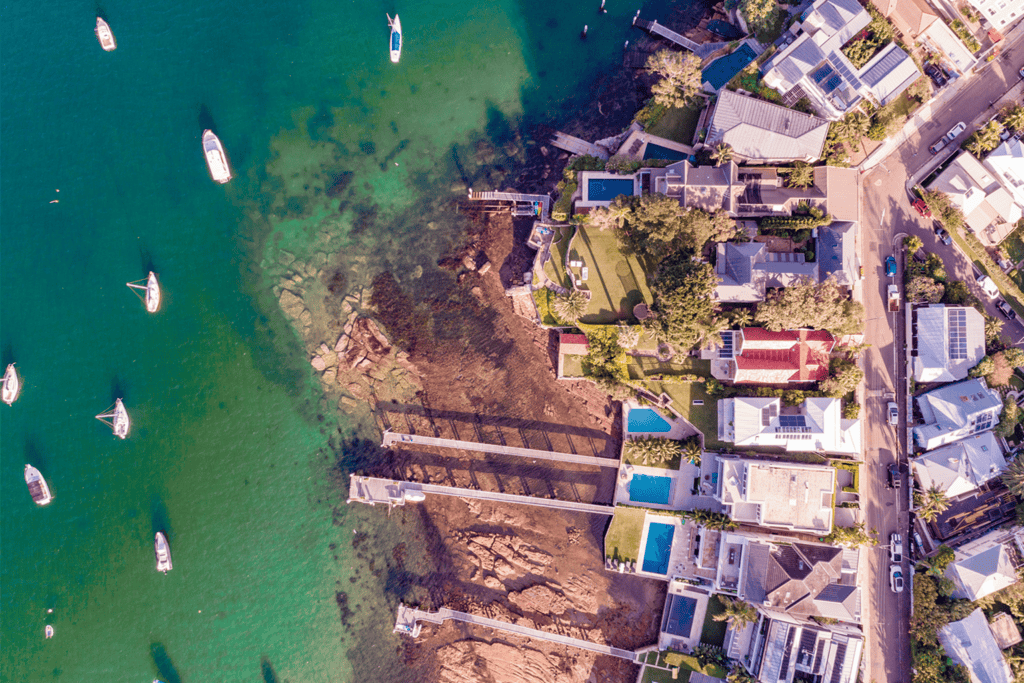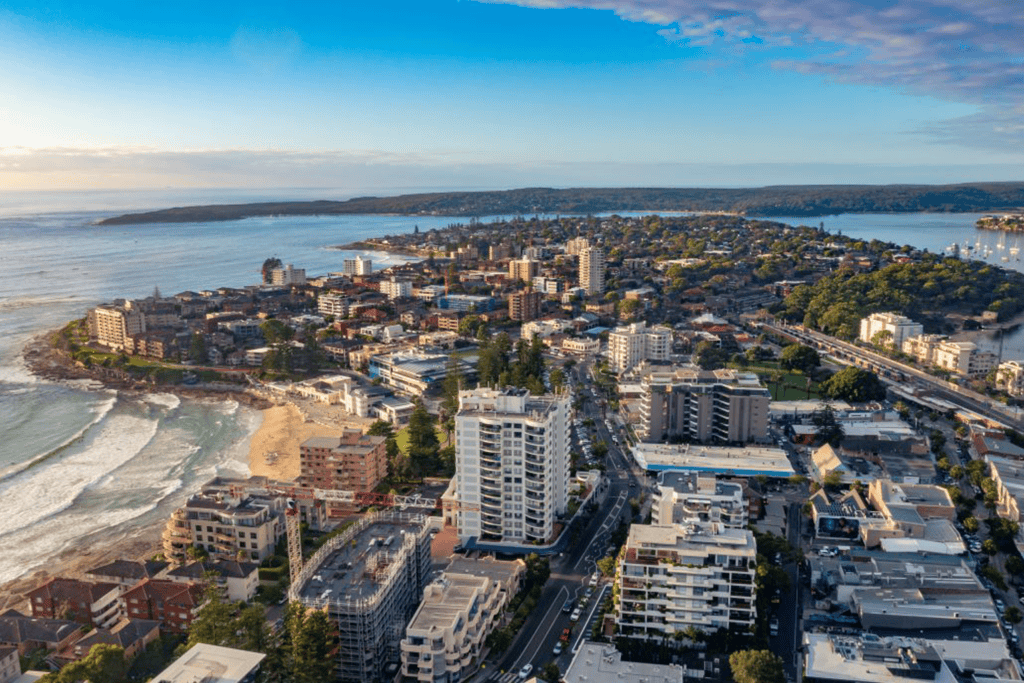Sydney ranks 10th on a list of the world’s most expensive cities for luxury residences, according to the latest Knight Frank Wealth Report.
The report selected 20 prime city markets and calculated how many square metres US$1 million would buy in each, based on the typical luxury residential value and the exchange rate at the end of 2016.

This was 59 square metres for Sydney at number 10 on the list, and 110 square metres for Melbourne at number 17. It was not surprising that the tiny kingdom of Monaco was the most expensive at just 17 square metres of floor space.
Growth is slowing
Nevertheless, the growth in the value of the world’s leading prime residential markets slowed in 2016 compared with 2015, according to Knight Frank’s unique Prime International Residential Index (PIRI), which tracks the value of luxury homes in 100 key locations.
On average, PIRI values rose by 1.4% in 2016, compared with 1.8% in 2015. However, the PIRI 100 also reveals a huge gap of 49 percentage points between the top and bottom rankings, up from 45 in 2015.
Cities in China, New Zealand, Canada and Australia, dominate the top tier, while oil-dependent markets, such as Moscow and Lagos bring up the rear. Of the locations the PIRI tracked, 61% recorded flat or rising prices in 2016, down from 66% a year earlier.
Sydney had a 9.30% increase, while Melbourne rose 8.80%, but leading them both and coming in at number five was Auckland, New Zealand, with a 16% increase. The report also forecasts a 5% increase in the price of luxury residential properties in Sydney over 2017.

Show me the money
The Wealth Report follows what the world’s richest spend their money on, where they go, and where they live. It tracks high net worth individuals (HNWIs) – those with US$1 million or more in net assets, excluding their primary residence – and it confirms the strong and growing attraction of Australia, the US and Canada as destinations for the footloose wealthy. Sydney and Melbourne top the list of growth markets, while Perth is eighth.
Michelle Ciesielski, Knight Frank’s Director, Residential Research, Australia, says Sydney had an annual net inflow versus outflow of 4,000 HNWIs during 2016, while Melbourne and Perth had a net inflow of 3,000 and 1,000 respectively.
“Sydney is at the top of the list for the highest net inflows of HNWIs globally, with the inflow representing growth of 4% of the HNWI population already based in the city,” she says.
Personal safety now a factor
Australia is considered a good place to migrate and invest in due to factors such as lifestyle and relative security.
“Since the global financial crisis, the world’s wealthiest people have shifted their focus from the size of their returns to the safety of their capital,” Ciesielski says. “Given the lower global economic growth environment, and the heavy reliance on more volatile emerging markets, the personal safety of people in positions of wealth is increasingly being targeted as inequality grows.”

Ciesielski says Australasia also experienced the strongest growth of any region in the number of ultra-high net worth individuals (UHNWIs) – those with US$30 million or more in net assets – in the year ending 2016, with an 11% increase to 4,220 people.
“This is projected to grow 70% by 2026 to 7,180 UHNWIs – following Asia, which is expected to see 91% growth over the next 10 years to 88,180,” she says.




